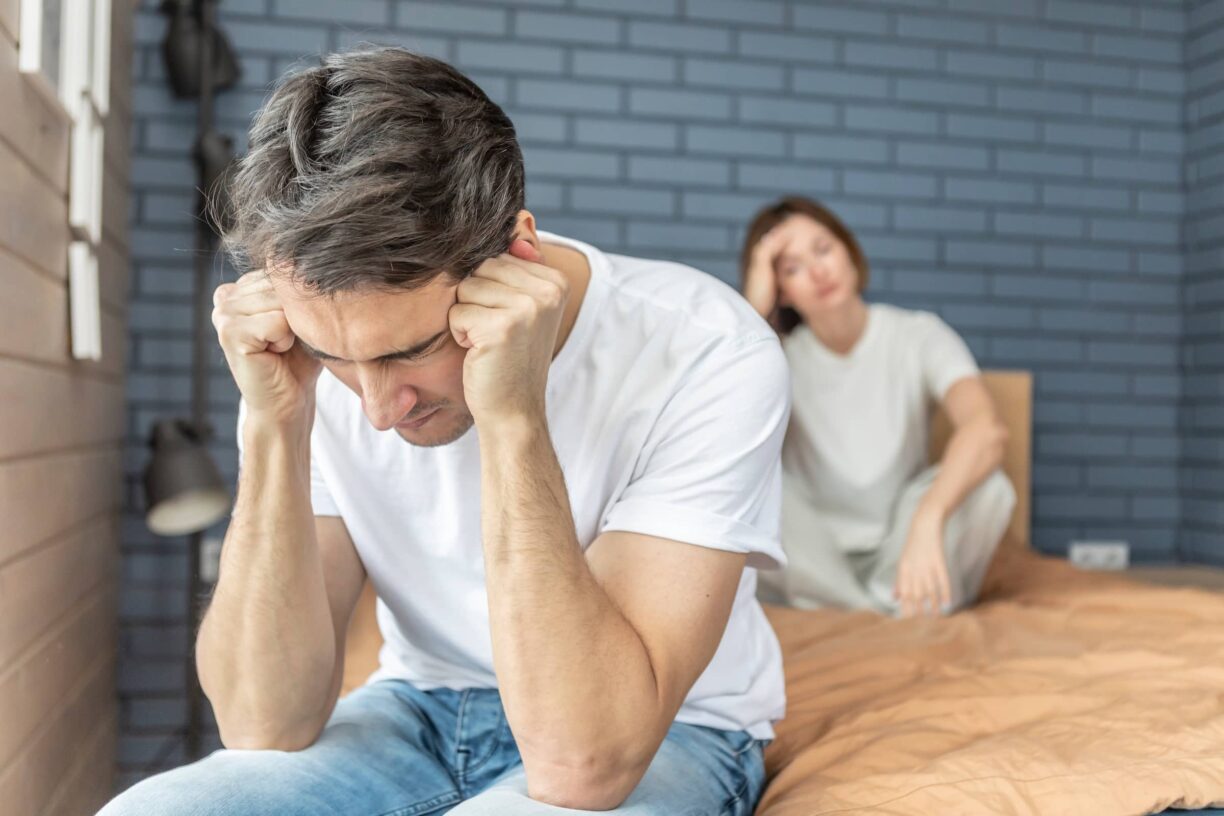Sitting all day has become as bad for your health as smoking, or at least that’s what the experts are saying.
The grim truth? Sitting for long hours is contributing to a lot of serious health problems, killing around 70,000 people each year.
But it’s not just at work—after a long day of sitting, most of us go home and keep sitting, compounding the problem by slouching on the couch.
Research from Mind Your Back, a campaign backed by Mentholatum (you know, the folks behind all those muscle and joint relief products), shows that millions of us are risking our health by spending way too much time glued to our seats.
According to their survey, three out of five people are parked in their chairs for four or more hours a day at work. Then, when they get home, they sit for another two to four hours—often in less-than-ideal positions.
Physiotherapist Sammy Margo, who’s part of the Mind Your Back team, says: “Sitting for too long isn’t just about burning fewer calories.
A sedentary lifestyle leads to a host of problems known as hypokinetic diseases.” In other words, sitting around too much is a recipe for trouble.
Studies show that sitting for just over an hour can start to mess with your body’s biochemistry. It alters how your body handles fat and glucose, promoting weight gain and increasing your risk for some pretty nasty conditions.
Scientists at Queen’s University in Belfast even crunched the numbers and found that cutting down on sitting could prevent around 11.6% of deaths from diseases like type 2 diabetes, heart disease, and certain cancers.
And let’s not forget the epidemic of aches and pains we’re all dealing with. Two in five people are struggling with musculoskeletal pain at least once a week, and a whopping 85% of adults have experienced back pain at some point in their lives.
The Mind Your Back research reveals that over a third of adults are feeling more back pain now than they did just a year ago.
Poor posture? Yeah, that’s a big part of the problem. Sixty-eight per cent of people admit that their posture causes them pain, and four out of five believe that slouching all day has a serious impact on their health.
Dr Dawn Harper, a GP who works with Mind Your Back, adds: “We’re already seeing a huge number of people dealing with back pain, and with our ageing population and rising obesity rates, it’s only going to get worse.”
So, what’s the solution? Well, that’s where Mind Your Back comes in with their easy-to-follow S.T.E.P.S. plan (Stretch, Therapy, Exercise, Posture, and Strengthening).
These five simple steps can help you manage back pain and lower your risk of sitting-related health issues. You can find all the details at Mind Your Back.
Here’s How You Can Take S.T.E.P.S. to Reduce Back Pain:
- Stretch: Stretching is the first line of defence against back pain. A 12-week trial showed that stretching exercises were actually more effective than yoga at reducing pain and improving mobility in people with chronic lower back pain. Dr Dawn Harper says, “The five stretches from Mind Your Back only take a minute or two, but they can really reduce stiffness and get your circulation flowing.”
- Therapy: When your muscles start acting up, heat and cold therapies can work wonders. Heat boosts circulation and helps your muscles relax, while cold numbs the pain, reduces swelling, and calms down inflamed muscles. Sammy Margo adds, “Topical analgesics, like rubs and gels, can also provide fast relief.”
- Exercise: Forget the old advice of bedrest. If you’re dealing with back pain, getting up and moving is actually the best thing you can do. Walking is one of the easiest ways to stay mobile and strengthen your body. Dr. Dawn Harper advises, “The sooner you get moving, the better off your back will be.”
- Posture: Slouching can be a silent killer. Poor posture has been blamed for muscle pain by nearly 70% of people surveyed. But there’s a common misconception: 74% of adults still think it’s best to always sit up perfectly straight, but experts say that might not be the whole story. Maintaining a relaxed and supported posture is what’s most important.
- Strengthening: One of the best long-term solutions to back pain is strengthening the muscles that support your spine. A strong core means better support for your back. Head over to Mind Your Back for exercises designed to help strengthen those muscles and keep back pain at bay.
Take Breaks: Your Body Will Thank You
If your job requires long periods of sitting, experts recommend taking short breaks every 20 to 30 minutes. Just getting up and moving for a minute or two can make a big difference.
Standing desks are becoming more popular, and studies suggest that breaking up your day with standing or light activity can help you feel better overall.
Start with two hours of standing or light movement each day, and gradually build up to four hours.
If you want to avoid the aches and pains that come with our modern, sit-too-much lifestyle, make sure you’re taking regular breaks and incorporating the S.T.E.P.S. plan into your routine.
Visit Mind Your Back to get started on simple exercises and tips to stay active and keep your back healthy.





